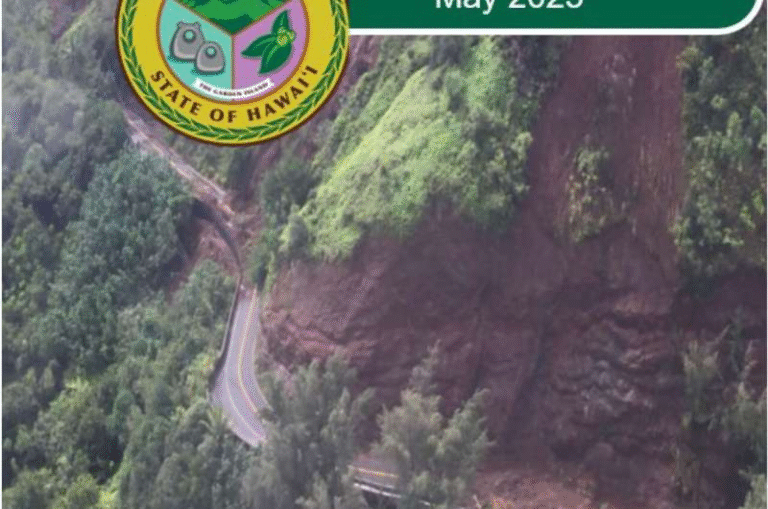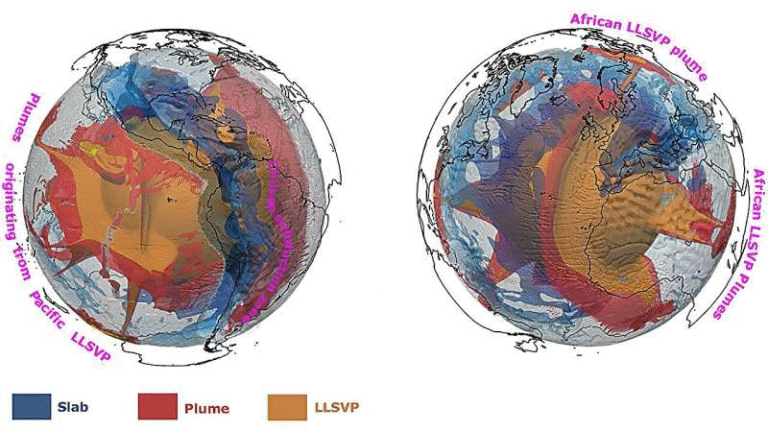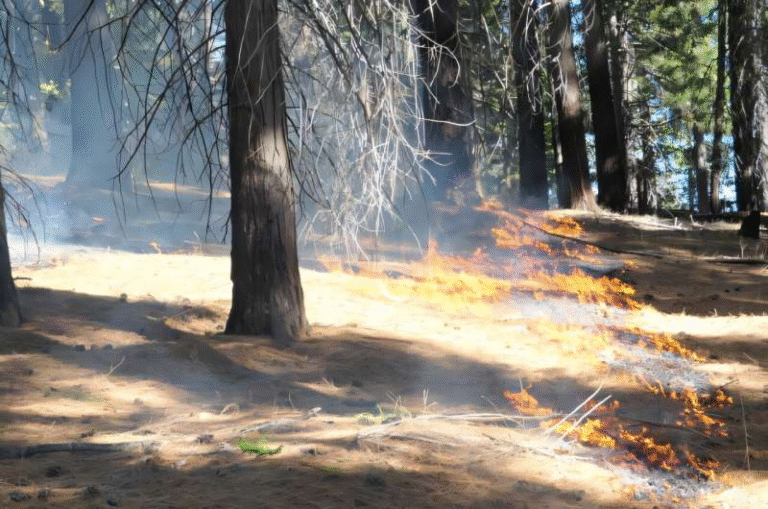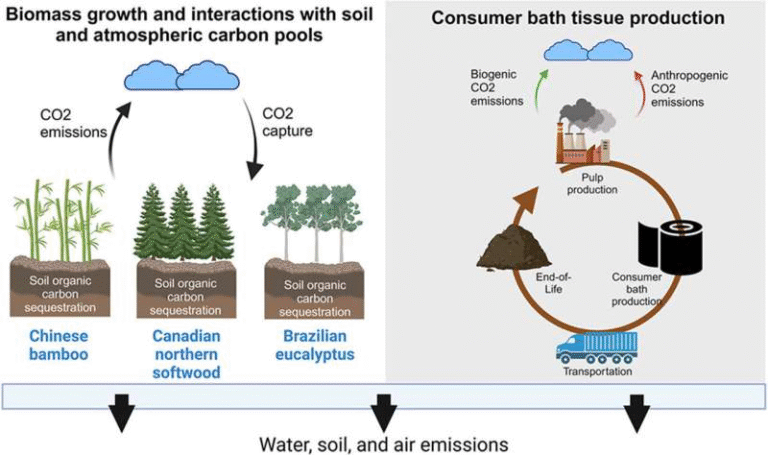How Hard Is It to Dim the Sun? Scientists Reveal the Real Challenges of Solar Geoengineering

The idea of deliberately cooling the Earth by reflecting some of the Sun’s rays back into space sounds like something out of science fiction. Yet solar radiation management (SRM) — and more specifically, stratospheric aerosol injection (SAI) — is no longer just a thought experiment. It’s being seriously studied as a potential emergency tool to slow global warming.
A new study from researchers at Columbia University’s Climate School, published in Scientific Reports in October 2025, digs deep into the actual feasibility of this controversial idea. The team — including Miranda Hack, V. Faye McNeill, Daniel Steingart, and Gernot Wagner — didn’t just model SAI in idealized computer simulations. Instead, they examined what it would take to actually do it: the materials, the engineering, the logistics, the cost, and the global coordination needed to pull it off.
Their conclusion is sobering: even if the science looks promising on paper, the real-world execution of solar geoengineering would be far messier, more uncertain, and much riskier than most models suggest.
What Exactly Is Stratospheric Aerosol Injection?
Stratospheric aerosol injection involves releasing reflective particles high into the stratosphere to scatter sunlight and reduce the amount of solar energy reaching the Earth’s surface. The goal is to cool the planet temporarily, mimicking the natural cooling that follows large volcanic eruptions.
A classic example is the 1991 eruption of Mount Pinatubo in the Philippines. That event spewed millions of tons of sulfur dioxide into the stratosphere, forming reflective sulfate aerosols that lowered global temperatures by about one degree Celsius for several years. Because of that, Pinatubo is often cited as proof that SAI could, in theory, work.
However, what works accidentally in nature doesn’t necessarily translate neatly to an engineered system. Volcanic eruptions are one-off, chaotic events — not planned, sustained, or controlled interventions. And as the new study shows, trying to replicate such effects in a deliberate, predictable, and safe way is incredibly complicated.
Why Latitude, Timing, and Location Matter More Than You Think
Most climate models that test SAI assume perfect conditions: perfectly sized particles, perfect placement, ideal timing, and even global coverage. But as atmospheric chemist V. Faye McNeill points out, that’s not how the real world works.
The effect of aerosol injections depends heavily on where, when, and how they are released. Even small changes in latitude or altitude can dramatically shift outcomes. For example, if most aerosols are released near the polar regions, they could unintentionally disrupt tropical monsoon systems, reducing rainfall in regions like South Asia. On the other hand, if aerosols are concentrated near the equator, they might interfere with jet streams and heat transport patterns, possibly altering weather across the globe.
This means that “five teragrams of sulfur” (the quantity some models suggest for cooling) isn’t a universal formula. The details — where, when, and how those particles are injected — make all the difference. Without a centralized and coordinated approach, regional or unilateral experiments could have uneven and potentially dangerous side effects.
Unfortunately, as the researchers note, such international coordination is unlikely in practice. The geopolitical complexity alone could make this technology almost impossible to manage safely.
Beyond Sulfates: Searching for Safer Materials
Traditionally, SAI modeling studies have focused on sulfate aerosols, because that’s what volcanoes release. But sulfates come with a long list of side effects — from acid rain and soil pollution to ozone layer depletion and stratospheric heating.
To avoid these drawbacks, scientists have proposed several alternative minerals that might reflect sunlight more efficiently or safely. The Columbia team reviewed candidates like calcium carbonate (CaCO₃), alpha alumina (Al₂O₃), rutile and anatase titania (TiO₂), cubic zirconia (ZrO₂), and even diamond particles.
Each of these materials has theoretical advantages. For instance, diamond is nearly perfect in its reflective properties, and titania has strong light-scattering potential. But the researchers quickly ran into reality checks:
- Diamond is obviously far too rare and expensive to use in the required quantities.
- Cubic zirconia and rutile titania might technically meet demand, but scaling production to the millions of tons needed would strain global supply chains and send prices soaring.
- Alpha alumina and calcium carbonate are more abundant and cheaper, but technically harder to deploy.
Here’s the kicker: to be effective, these particles need to be tiny — smaller than one micron in diameter. At that scale, many minerals clump together, forming larger aggregates. These clumps reflect far less sunlight and behave unpredictably in the atmosphere.
So even if the materials themselves are available, getting them to stay suspended, evenly distributed, and optically effective is another enormous technical hurdle.
Engineering and Logistical Nightmares
The authors emphasize that most SAI models ignore the nuts and bolts of the process — literally. Getting aerosols into the stratosphere requires a massive global delivery system.
This could involve:
- Custom-built high-altitude aircraft capable of carrying tons of material to about 20 kilometers above Earth.
- Possibly stratospheric balloons or rockets for specialized deployments.
- Continuous monitoring networks to track particle spread, concentration, and effectiveness.
All of this would need to happen not once, but every single year, potentially for decades. The scale of logistics is staggering.
The paper estimates that millions of tons of aerosols would need to be injected annually to achieve meaningful cooling. That means building dedicated infrastructure — fleets of planes, global coordination centers, and monitoring satellites. Add to that the costs of material production, transport, and international oversight, and SAI starts to look far less “cheap” than it’s often portrayed.
Moreover, stopping injections suddenly could lead to what scientists call “termination shock” — a rapid rebound of warming that could be even more catastrophic than current trends. Once started, it may have to continue indefinitely until greenhouse gases are reduced.
The Global Governance Challenge
Even if scientists solved the technical and material problems, who gets to control the thermostat of the planet?
The Columbia researchers stress that SAI can’t be implemented safely without a centralized, globally coordinated framework. A single country or wealthy individual attempting it on their own could easily trigger diplomatic crises or unintended weather shifts in other parts of the world.
If aerosols released by one nation caused droughts, floods, or agricultural losses elsewhere, it could spark international disputes or worse. The lack of clear governance mechanisms makes SAI not just a technical challenge but a geopolitical minefield.
Economist Gernot Wagner notes that most studies overlook these messy realities. Real-world conditions — from resource availability to politics — make it unlikely that SAI will ever unfold the way climate models imagine.
The Bigger Picture: Why This Study Matters
This new research stands out because it moves the SAI discussion beyond the theoretical and into the practical. Rather than just asking, “Could it cool the planet?” it asks, “Could we actually do it safely, affordably, and fairly?”
By analyzing supply chains, material physics, costs, and governance, the Columbia team exposes a much wider range of possible outcomes than previous studies acknowledged. In short: SAI is not just a scientific experiment — it’s an enormous engineering and political puzzle.
The authors are not dismissing the technology outright. Instead, they’re calling for realistic expectations and honest risk assessments. SAI might one day play a small role in managing climate risk, but it’s not the silver bullet many imagine.
The researchers emphasize that reducing greenhouse gas emissions remains the only reliable, long-term solution to global warming. Solar geoengineering should be viewed, at best, as a temporary and uncertain backup plan, not a replacement for cutting carbon pollution.
A Bit More About Solar Radiation Management
To understand why ideas like SAI keep resurfacing, it helps to know how solar radiation management fits into the bigger climate strategy picture.
SRM refers to a family of techniques aimed at reflecting sunlight rather than removing greenhouse gases. Other ideas under this umbrella include:
- Marine cloud brightening – spraying seawater droplets into the air to make clouds more reflective.
- Cirrus cloud thinning – modifying thin, high clouds that trap heat, making them less effective at warming.
- Space mirrors – placing reflective surfaces in orbit to deflect sunlight (still entirely theoretical).
All SRM methods share a fundamental problem: they don’t address the root cause of climate change — greenhouse gas buildup. They only treat the symptom (temperature).
That’s why scientists are so cautious. Even if SRM or SAI could cool the planet, the underlying CO₂ levels would continue to rise, making the climate system more unstable in the long run. And if SRM efforts were suddenly stopped, the planet could experience an abrupt spike in warming.
What Happens Next?
The Columbia team hopes their research will help refocus the conversation around solar geoengineering — from “how effective it could be” to “how realistic it actually is.”
Future research will likely explore new materials, dispersion technologies, and monitoring systems that might make SAI more predictable. At the same time, global institutions will need to develop ethical and governance frameworks before any real-world experiments take place.
The study doesn’t close the door on solar radiation management — but it makes clear that dimming the Sun isn’t as simple as flipping a switch. Every technical detail, from particle chemistry to flight logistics, must be understood in full before humanity even considers pulling the trigger.
For now, this research is a reminder that while science may offer creative tools, there are no shortcuts to solving the climate crisis. Cutting emissions remains the most reliable path forward — and the one we already know works.
Research Paper: Engineering and logistical concerns add practical limitations to stratospheric aerosol injection strategies – Scientific Reports (2025)





